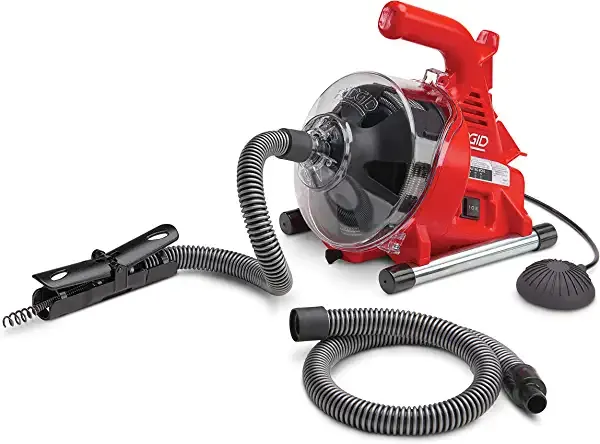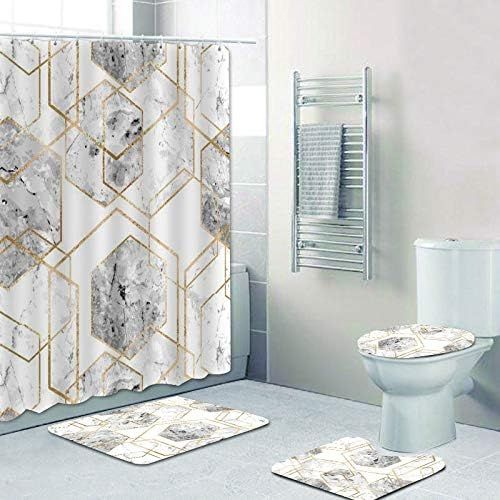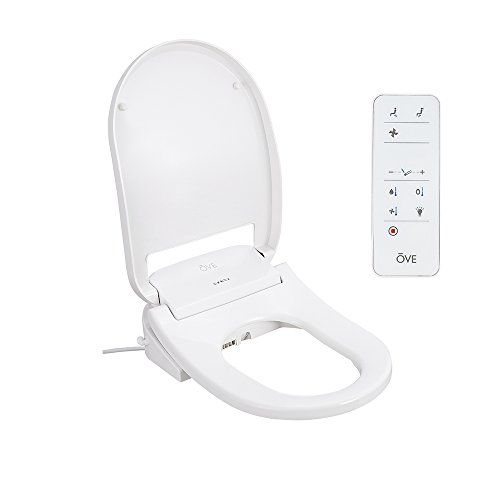How To Unclog A Sink Drain
Dealing with a clogged sink drain can be frustrating and disruptive. But fear not! In this article, we will guide you through the simple yet effective steps to unclog a sink drain, allowing you to restore proper drainage and convenience to your daily life. Say goodbye to standing water and hello to a smoothly flowing sink!

Overview
When it comes to unclogging a sink drain, there are several factors to consider. First, identifying the cause of the clog is crucial. Common culprits include hair, soap scum, food debris, or a combination of these. Next, you'll need to gather the necessary tools such as a plunger, a drain snake, and perhaps some baking soda and vinegar. Depending on the severity of the clog, you may need to remove the sink trap or use a drain auger.
Once equipped, you can proceed with the unclogging process, starting with using a plunger or a drain snake to dislodge the blockage. For tougher clogs, a mixture of baking soda and vinegar can be poured down the drain, followed by hot water. If all else fails, removing the sink trap or employing a drain auger can provide a more comprehensive solution. Remember to take preventive measures, like using drain guards and regular maintenance, to minimize future clogs.
Identifying the cause of the clog (hair, soap scum, food debris)
To effectively unclog a sink drain, it's important to determine the underlying cause of the blockage. Common culprits include hair, soap scum, and food debris. Hair can easily accumulate and form clumps, obstructing the flow of water. Soap scum, a residue left behind from cleaning products, can gradually build up and create a sticky barrier. Food debris, such as grease and small particles, can accumulate over time, leading to a stubborn clog. By identifying the specific cause, you can choose the most appropriate method to tackle the clog and prevent it from recurring in the future.
Required tools: plunger, drain snake, baking soda, vinegar
When unclogging a sink drain, having the right tools at hand can greatly facilitate the process. Two essential tools are a plunger and a drain snake. A plunger uses suction to dislodge the clog, while a drain snake can physically remove debris from the pipe. Additionally, a mixture of baking soda and vinegar can be highly effective in breaking down organic material and clearing minor clogs. By combining these household items with a bit of elbow grease, you'll have the necessary arsenal to combat the obstruction and restore proper drainage.
Severity of the clog determines the approach
The severity of the sink drain clog will influence the approach you take to resolve it. For minor clogs, a plunger might be sufficient to create enough pressure to dislodge the obstruction. However, more stubborn clogs may require additional methods, such as using a drain snake or employing a chemical reaction with baking soda and vinegar. If the clog persists even after attempting these techniques, it may be necessary to move on to more advanced solutions, like removing the sink trap or utilizing a drain auger. Assessing the severity of the clog will help you determine the most appropriate course of action.
Unclogging methods: plunger, drain snake, baking soda and vinegar mixture
There are various methods you can employ to unclog a sink drain. One commonly used tool is a plunger, which creates suction to dislodge the clog. By covering the drain opening and vigorously plunging up and down, you can create pressure that pushes the blockage loose. Another effective tool is a drain snake, which can physically remove debris from the pipe. Insert the drain snake into the drain and rotate it to hook onto the clog, then pull it out. Additionally, a mixture of baking soda and vinegar can help break down organic matter. Pour a cup of baking soda down the drain, followed by a cup of vinegar, and let it fizz for a few minutes before rinsing with hot water. These methods, when used appropriately, can effectively unclog your sink drain and restore proper functionality.
Additional measures: removing sink trap, using a drain auger
In some cases, more advanced measures may be required to unclog a sink drain. If traditional methods prove ineffective, removing the sink trap can provide access to the clog. Place a bucket underneath the trap to catch any water or debris, then unscrew the trap and clean it out. This method allows for a more thorough removal of accumulated material. Another option is to use a drain auger, also known as a plumber's snake, which can reach deeper into the pipe to break up or retrieve the clog. These additional measures can be helpful when dealing with persistent or particularly stubborn clogs that require a more comprehensive approach.
Q1: What are some common causes of sink drain clogs?
A1: Sink drain clogs can be caused by various factors, including hair, soap scum, and food debris. Hair tends to accumulate and form clumps, while soap scum gradually builds up and creates a sticky barrier. Food debris, such as grease and small particles, can also contribute to clogging over time.
Q2: Can I unclog a sink drain without using chemicals?
A2: Yes, there are several methods to unclog a sink drain without relying on chemicals. Using a plunger or a drain snake can often do the trick. The plunger creates suction to dislodge the clog, while a drain snake physically removes debris from the pipe. Additionally, a mixture of baking soda and vinegar can be used as a natural and effective solution to break down organic material.
Q3: How do I prevent future sink drain clogs?
A3: To prevent future clogs, it's important to use drain guards or screens to catch hair and larger debris before they enter the drain. Regular maintenance is also essential. Running hot water down the drain once a week can help clear away any buildup. Avoid pouring grease or oil down the drain and use enzyme-based drain cleaners periodically to keep the pipes clear.
Q4: What should I do if the sink drain clog persists after using basic methods?
A4: If basic methods like plunging or using a drain snake don't resolve the issue, you can try using a mixture of baking soda and vinegar to break down the clog. For more stubborn clogs, removing the sink trap and cleaning it out or using a drain auger to reach deeper into the pipe may be necessary. If the problem persists, it's advisable to seek professional help.
Q5: Are there any preventive measures I can take to avoid clogs in the first place?
A5: Absolutely! Preventive measures can significantly reduce the occurrence of sink drain clogs. Use drain guards or screens to catch debris, avoid pouring grease or oil down the drain, and be mindful of what goes into the sink. Regular maintenance, such as running hot water and using enzyme-based drain cleaners, can also help keep the pipes clear.
In conclusion, learning how to unclog a sink drain is a valuable skill that can save you time and money. By identifying the cause of the clog, gathering the necessary tools, and employing the appropriate methods, such as plunging or using a drain snake, you can effectively clear most clogs. In more stubborn cases, utilizing a mixture of baking soda and vinegar, removing the sink trap, or using a drain auger may be necessary.
Remember to take preventive measures, like using drain guards and practicing regular maintenance, to minimize future clogs and ensure a smoothly flowing sink drain. With these tips, you'll be able to confidently tackle sink drain clogs and restore proper functionality to your sink.









.jpg)








